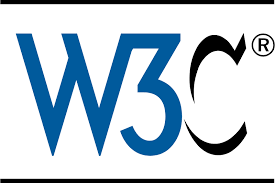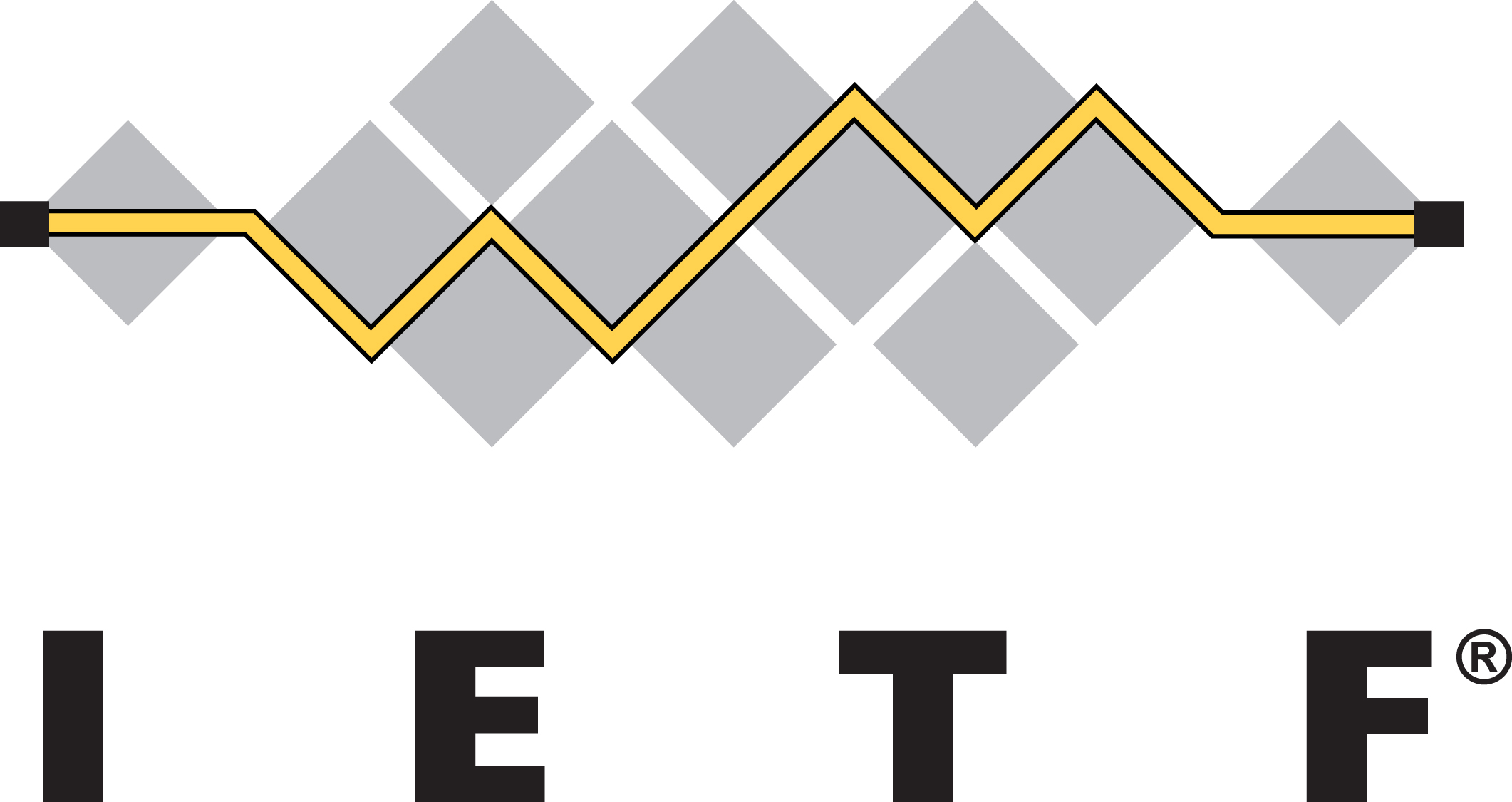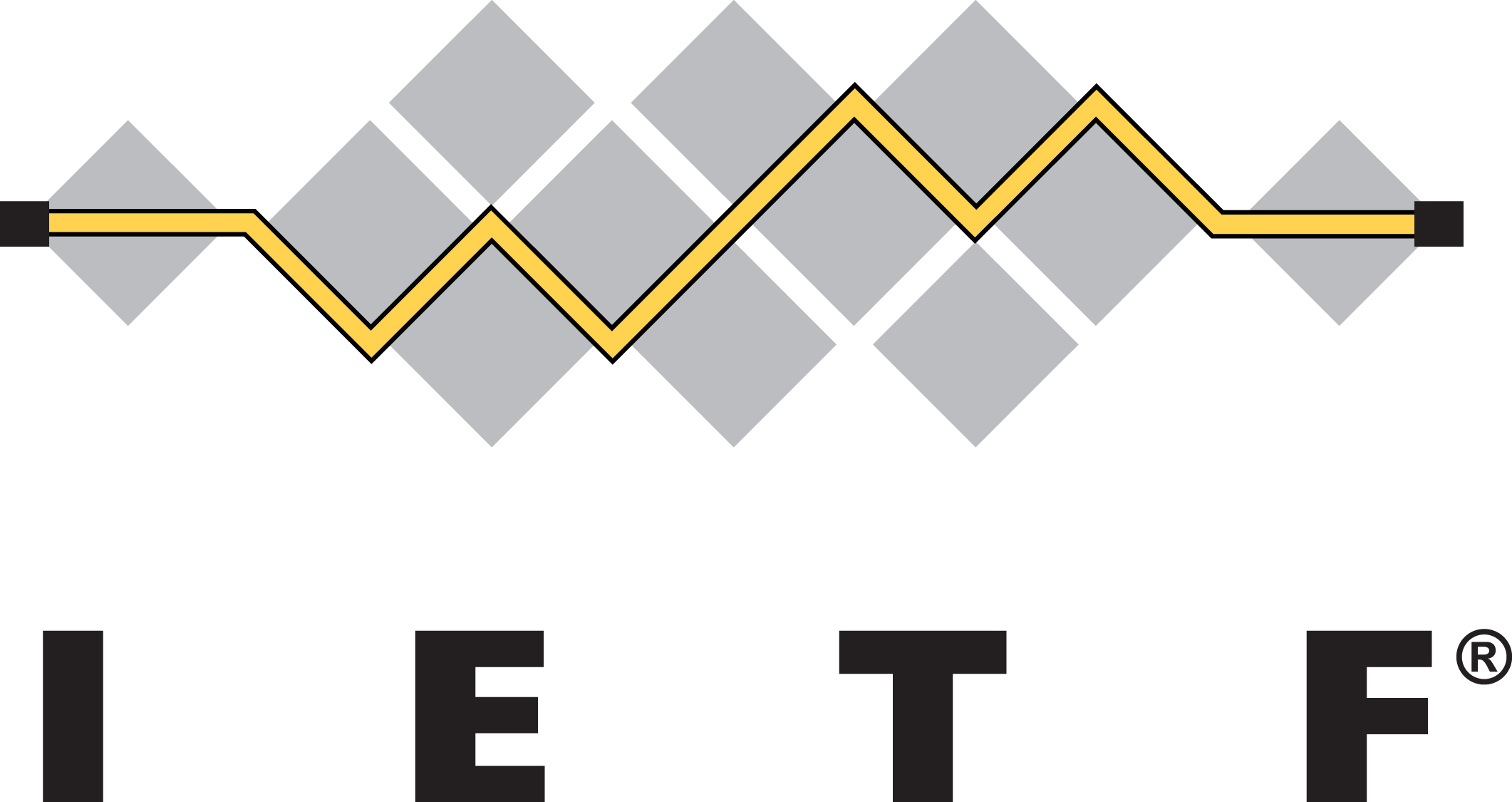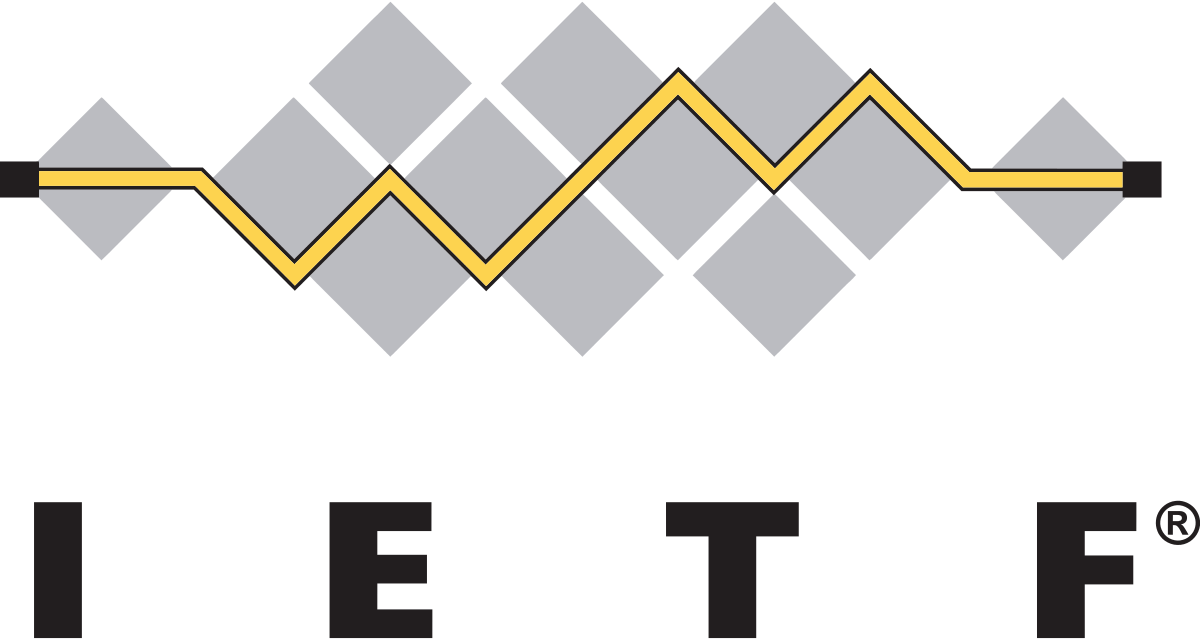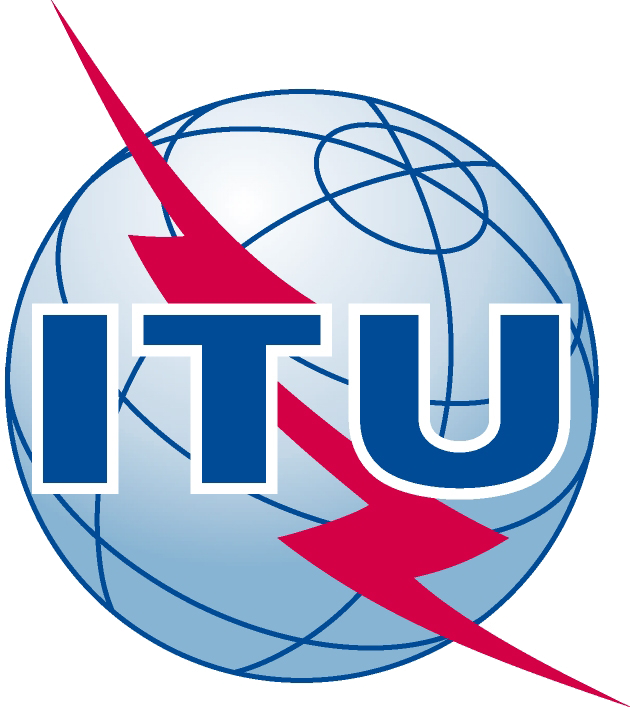Network Technologies (NTECH); Autonomic network engineering for the self-managing Future Internet (AFI); Scenarios, Use Cases and Requirements for Autonomic/Self-Managing Future Internet
The document contains a description of scenarios, use cases, and definition of requirements for the autonomic/self-managing future internet. Scenarios and use cases selected in the present document reflect real-world problems which can benefit from the application of autonomic/self-management principles. Two types of high-level requirements are covered:
- basic requirements that enable to derive an architectural reference model for introducing Autonomic Management & Control (AMC) of networks (resources, protocols, parameters) and services in various reference network architectures;
- specific requirements pertaining to aspects requiring "automation" and "behaviour" in a particular network/service management problem.


